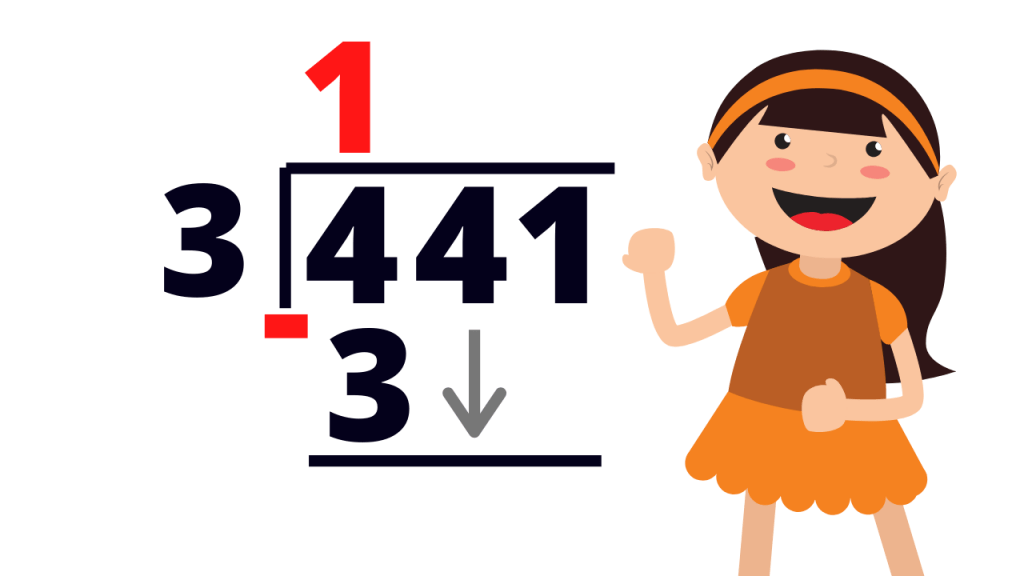Lesson 3: Long Division
Division is the mathematical operation that serves as the inverse of multiplication. It plays a crucial role when we need to distribute quantities evenly among a group of individuals, divide resources into smaller units, or allocate items based on specific requirements.
Division can be visualized as the process of finding out how many times one number fits into another or determining how many equal parts can be formed from a given total. A key aspect of division is that it cannot be performed with zero as the divisor. This is because dividing by zero does not yield a meaningful result; it implies that we are attempting to share or split something without having any groups or recipients to receive it.
To represent division mathematically, we typically use the symbol ÷, which is known as the obelus, derived from the Greek term οβελοσ (obelus). The obelus first appeared in mathematical literature through the contributions of the Swiss mathematician Johann Henrich Rhan in 1659.
Additionally, the slash symbol (/) is often employed in both written and typed formats, particularly in equations or computer programming.
Understanding the concept of division and its notation is fundamental to grasping more complex mathematical principles and operations.
Understanding the multiplication tables is a fundamental skill that significantly aids in performing division. When tackling larger numbers, it is essential to grasp the concept of place value, which determines the worth of each digit in a number based on its position. This knowledge serves as a foundation for employing the long division method efficiently.
To set up a long division operation, start by identifying the dividend—the number you want to divide—and write it beneath the division symbol on the right. Next, place the divisor—the number by which you are dividing—to the left, outside the division symbol.
The outcome of the division process is known as the quotient, which represents how many times the divisor fits into the dividend. This quotient is recorded above the division symbol.
For a comprehensive understanding, watch the video below, which provides a detailed, step-by-step demonstration of the long division process, illustrating each stage and methodically explaining how to arrive at the correct answer.

At times, when dividing numbers, the result does not yield a whole number, leading to the presence of a remainder. The accompanying video provides a detailed demonstration of how to execute division in such cases where a remainder exists. To solidify your understanding and practice this concept, please refer to the workbook and complete the associated exercises.
Factors are the numbers that can divide a given number without leaving any remainder. In essence, they are the building blocks of the number, allowing us to understand its divisibility. For example, the factors of 12 include 1, 2, 3, 4, 6, and 12, as each of these numbers can divide 12 evenly.
Among these factors, some numbers stand out because they can only be evenly divided by themselves and the number 1. These special numbers are classified as prime factors. For instance, the number 7 is a prime factor because its only divisors are 1 and 7.
When working with fractions, it is often important to identify the Greatest Common Factor (GCF) of the numerator and denominator. The GCF is the largest factor that both numbers share.
Understanding these concepts of factors, prime factors, and the GCF can greatly enhance your mathematical problem-solving skills, particularly when simplifying fractions or finding common denominators.
